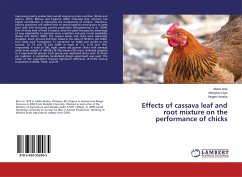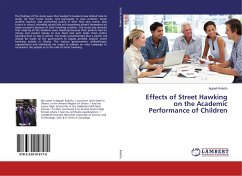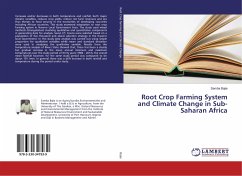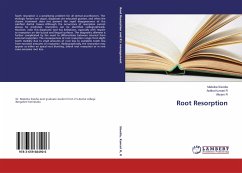Improving poultry productivity would improve protein nutrition (Misba and Aberra, 2013). Belewu and Fagbcmi (2007) indicated that nutrition has higher contribution in improving the productivity of chicken. Therefore, poultry producers will indeed have to search beyond cereal grains to keep pace with ever-increasing poultry production (Chauynarong et al., 2009). One of these kind of feed is cassava, since the plant has peculiar advantage of easy adaptability to extreme stress condition and year round availability (Fasuyi and Aletor, 2005). The cassava leaves and roots were separately chopped, dried, ground and then mixed in the ratio of 50:50 to get CLRM. Four diets were formulated, T1 contained no CLRM and served as the control, T2, T3 and T4 had CLRM at levels of 7.5, 11.25 and 15%, respectively. A total of 180, eight weeks old grower chicks with average initial body weight of 495.68±26.74g (mean±SD) were randomly assigned to 4 experimental groups. Each group was replicated thrice with 15 chicks per replicate. A completely randomized design experiment was used. The result of the experiment showed significant difference (P0.05) among treatments in DDMI, TDMI, and CPI.
Bitte wählen Sie Ihr Anliegen aus.
Rechnungen
Retourenschein anfordern
Bestellstatus
Storno








